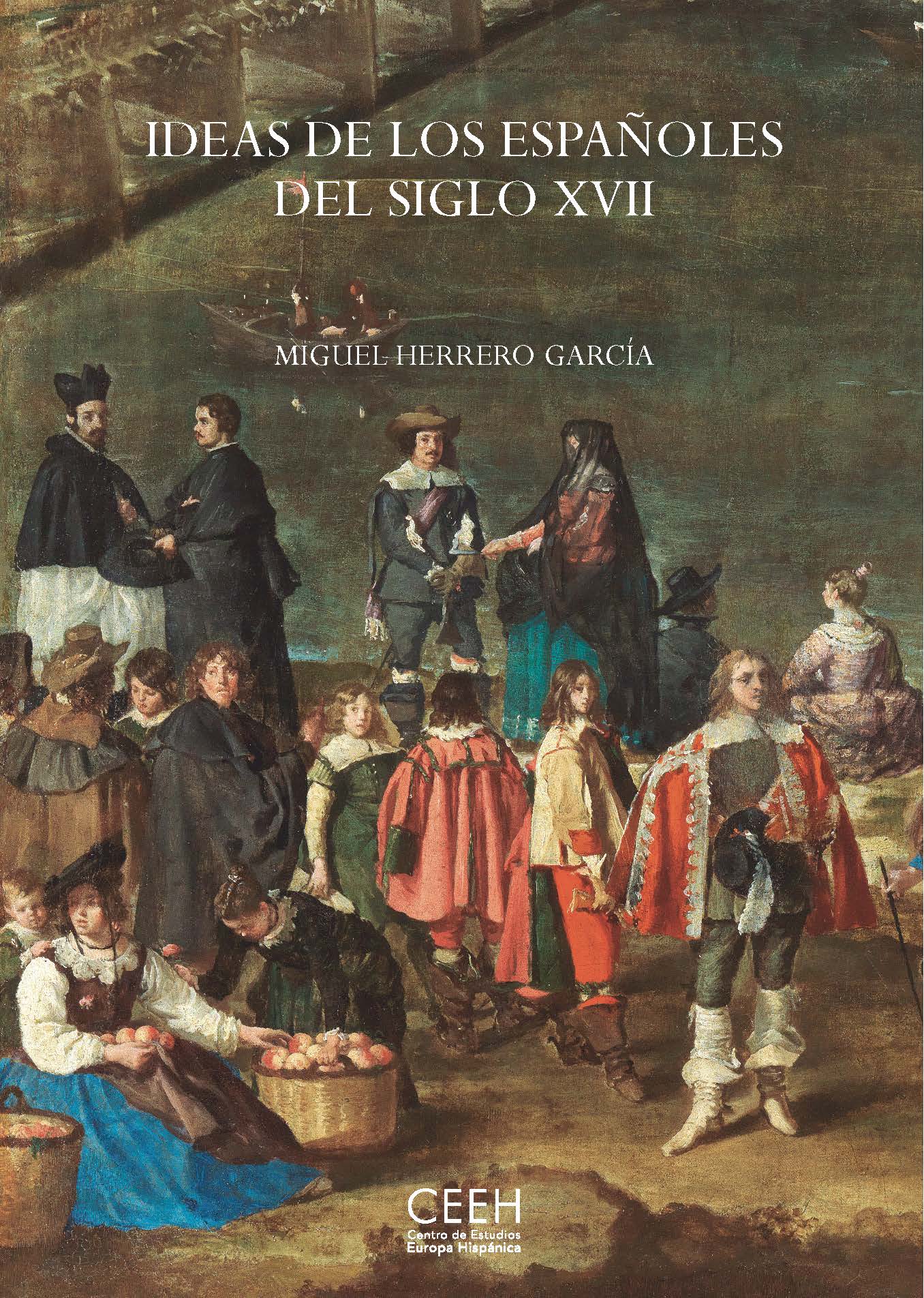Author
Miguel Herrero García
Characteristics
552 pages; 3 black and white illustrations; flapped paperback; 17 x 24 cm
Publication
Spanish; 2020
ISBN
978-84-15245-87-2
Price
€33,66
Buy on our site and save 5% on this book until April 30
(coupon code: DÍA DEL LIBRO)
This classic book, which is used rather than quoted, addresses the opinion Spaniards held of themselves, of the peoples who made up the Spanish empire, and of the foreigners with whom they had dealings. Compiling quotations gleaned from countless works by seventeenth-century playwrights, poets, prose writers, historians, gazetteers, theoreticians and moralists, Miguel Herrero devotes the first part to presenting the image these texts convey of Castilians, Andalusians, Galicians, Basques and Catalans. The second part deals with Italians, French, English and Turks, while the third is concerned with Jews, Moriscos and gypsies.
Examples taken from Cervantes’s works, picaresque novels, the plays of Lope, Tirso de Molina and Calderón, Pellicer’s and Barrionuevo’s Avisos, and endless other sources paint a picture of a landscape inhabited by natives and people from outside the Peninsula with their costumes, facial features, culinary habits and peculiarities of speech. They are portrayed with a mixture of hyperbole, cliché, prejudice, description and satire as boastful, courageous, fawning, honourable, stubborn, pleasure-seeking, taciturn, ingenious, uncouth or inquisitive.
The work was first published in 1927 and in 1966 Gredos brought out an enlarged edition as part of its Biblioteca Románica Hispánica series, which is the one on which the present version is based. This study, long out of print and called for by various fields, completes the picture of daily life in Golden-Age Spain sketched by the author, whose interest is centred on other aspects such as food, drink, textiles and clothing.
Miguel Herrero García (1895−1961), a secondary-school head of Latin and collaborator of the Centro de Estudios Históricos, taught Spanish literature at Cambridge and Middlebury College. A prolific publicist and renowned scholar of the Spanish Golden Age, he focused his research on the ways of life – both public and private – of Spaniards of the sixteenth and seventeenth centuries as reflected in the literature of the period. This is the third work by this author to be published by the CEEH after Los tejidos en la España de los Austrias. Fragmentos de un diccionario (2014) and Estudios sobre indumentaria española en la época de los Austrias (2014).

